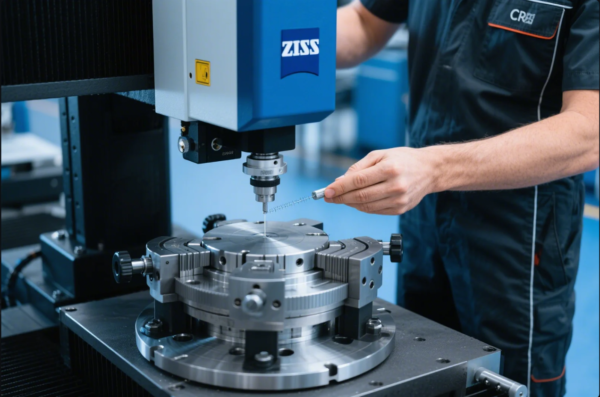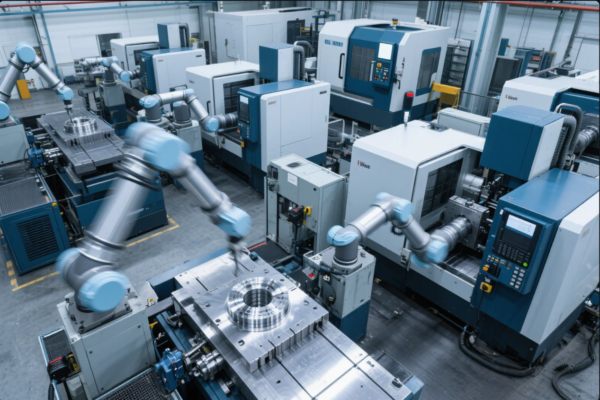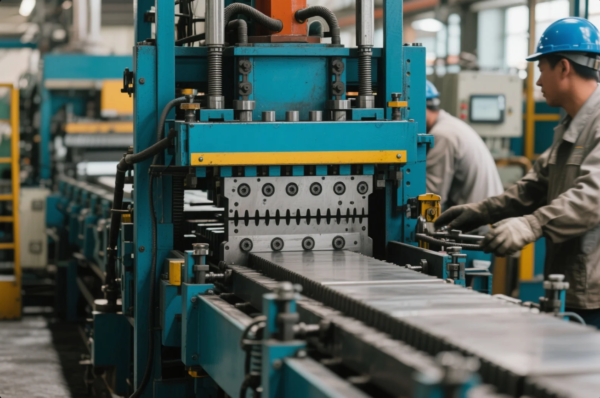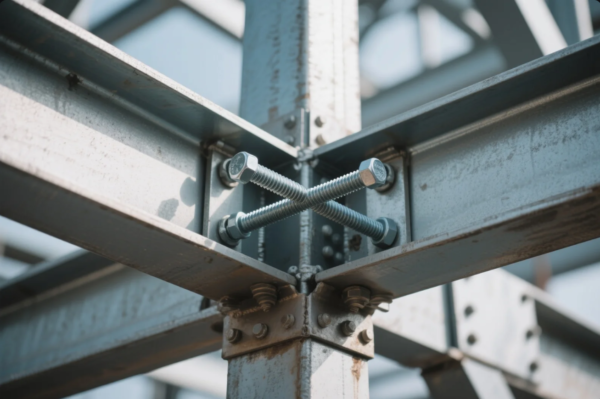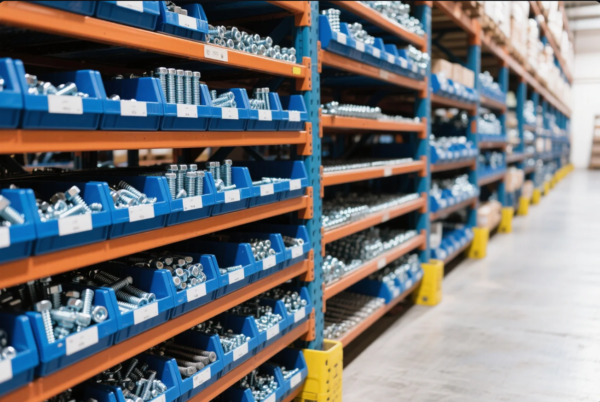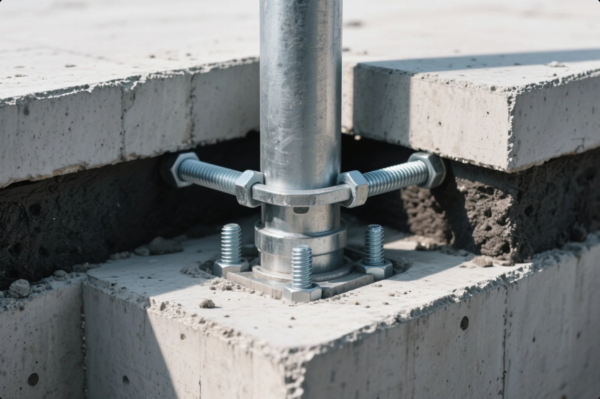What Happens to Steel When Forged?
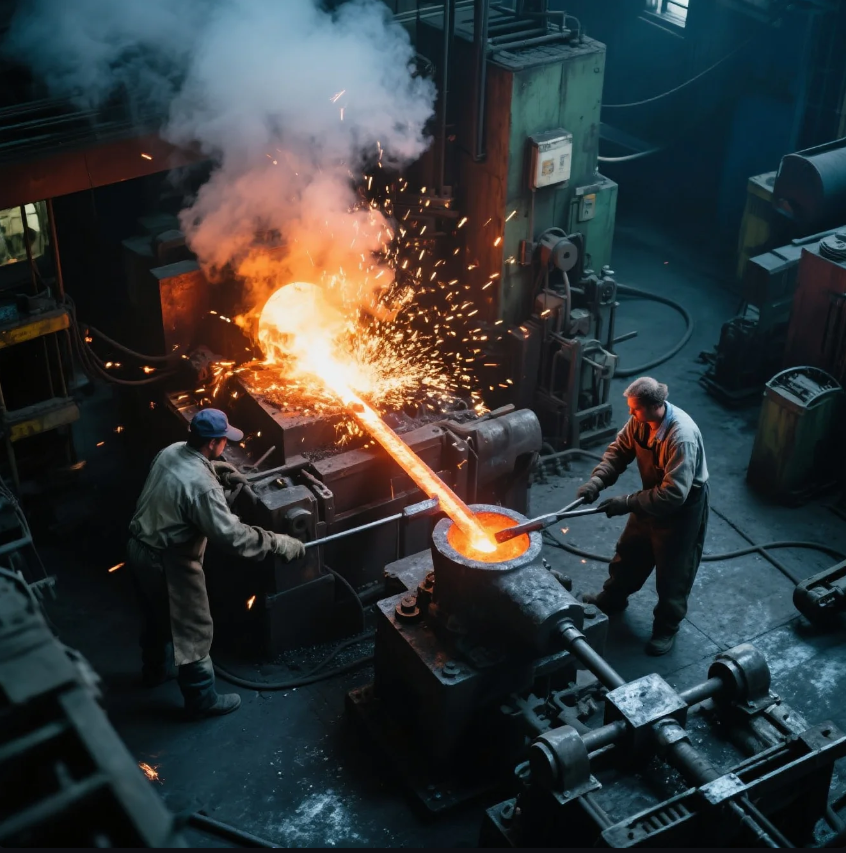
Forging steel is a time-tested technique used to shape metal into tools, parts, and other components by applying heat and pressure. But what exactly happens to steel during this process? Forging changes the structure of the steel, improving its properties like strength, toughness, and durability. In this article, we’ll explore how forging affects steel, including the benefits and some potential disadvantages.
Snippet paragraph: Forging steel improves its structure, making it stronger and more durable by aligning the metal's grain structure and reducing internal defects.
Let’s dive deeper into the effects of forging on steel and how this process enhances its characteristics.
What Does Forging Do to Steel?
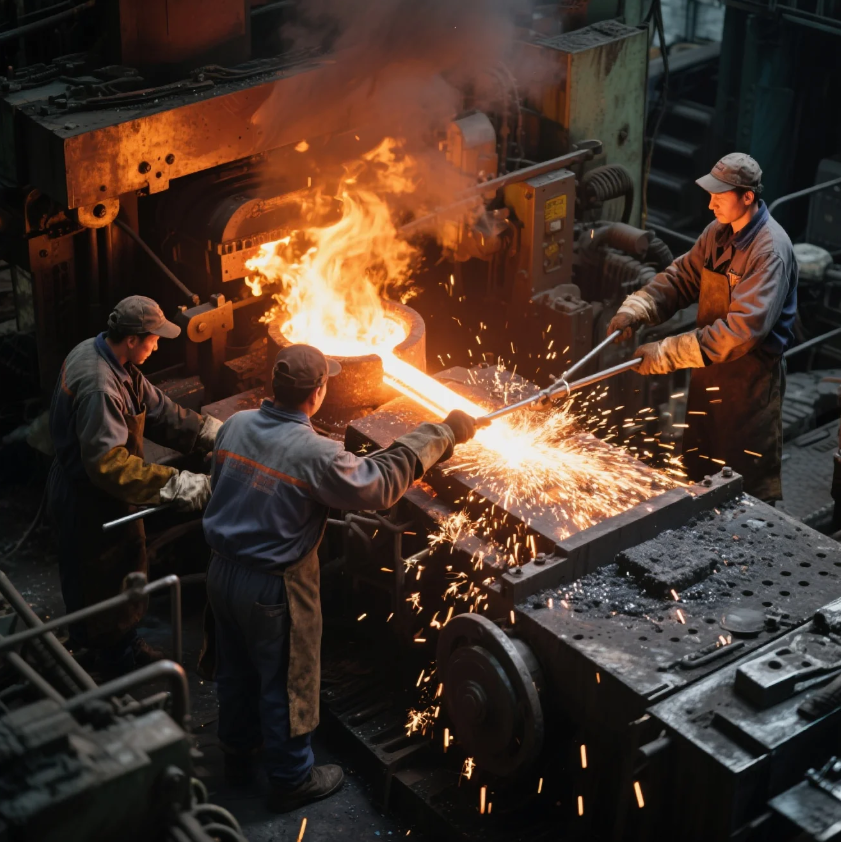
Forging steel involves heating the metal to a high temperature and then applying force to shape it. The heat makes the steel more malleable, while the pressure from hammers or presses refines its grain structure. Forging changes the internal structure of the steel by compressing and realigning the metal’s grains, which increases its strength and reduces the risk of internal defects.
Key Effects of Forging on Steel:
- Improved Grain Structure: During forging, the grains of steel are elongated and aligned in the direction of the applied force, making the metal stronger and more durable.
- Reduced Porosity: The forging process removes air pockets and voids within the steel, leading to a denser, more uniform material.
- Increased Toughness: Forging results in a tougher steel that is more resistant to fatigue, impact, and stress than non-forged steel.
The main benefit of forging is that it improves the mechanical properties of steel, making it better suited for demanding applications such as tools, automotive parts, and structural components.
What Flakes Off Steel When Forging?
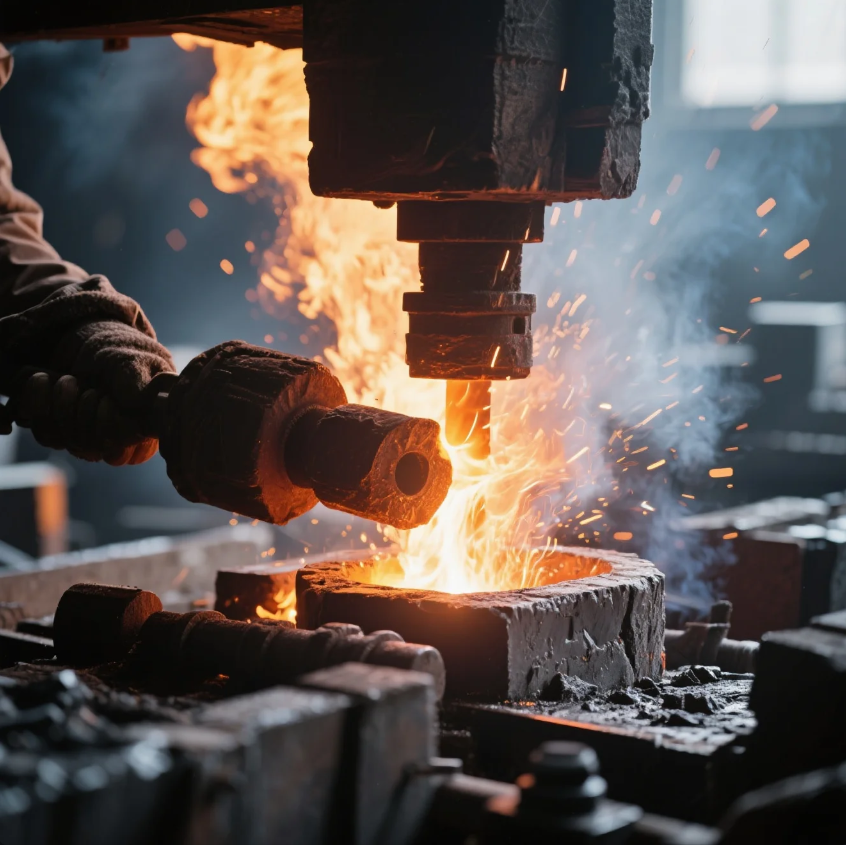
When forging steel, some oxide scale or surface material can flake off due to the high temperatures involved. This happens because of the oxidation of the steel’s surface as it is heated in the forge. The high heat causes the steel to react with the oxygen in the air, creating a thin layer of iron oxide that can flake off during the forging process.
What Flakes Off During Forging:
- Iron Oxide (Scale): The most common material that flakes off is the oxide layer, or scale, which forms on the steel’s surface when it is heated to high temperatures.
- Surface Imperfections: As the steel is hammered or pressed, any impurities or irregularities near the surface may be removed or smoothed out.
The removal of oxide scale is a normal part of the forging process and can sometimes result in the need for cleaning or finishing the metal after forging to achieve a smooth surface.
What Are the Disadvantages of Forged Steel?
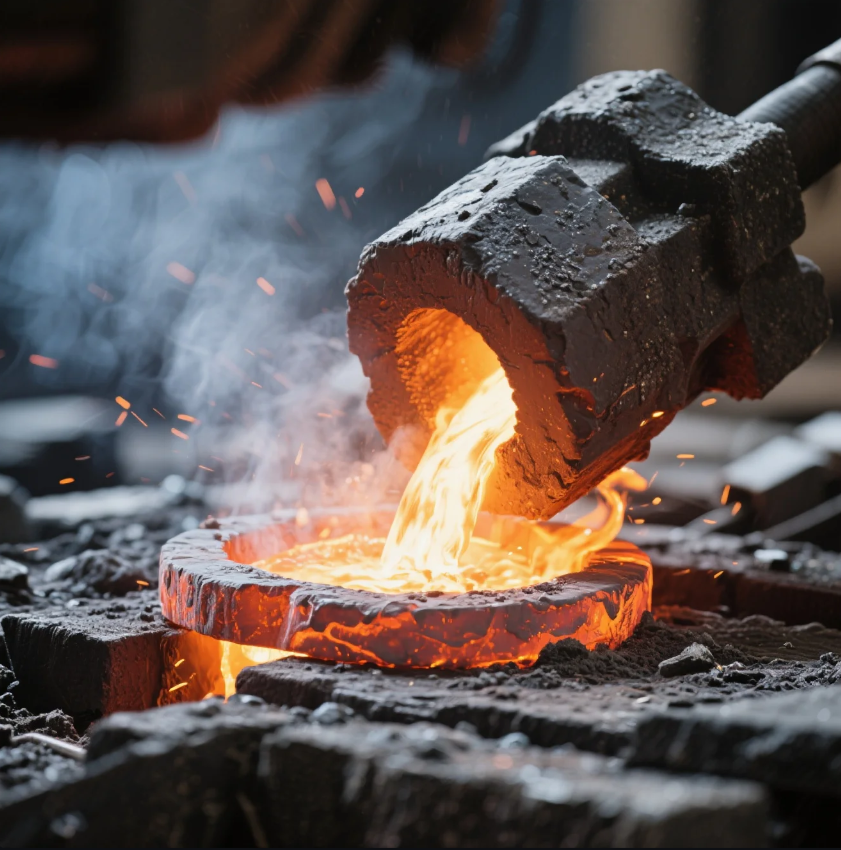
While forged steel offers many advantages, such as increased strength and toughness, there are also a few potential disadvantages to consider. Understanding these drawbacks is important when deciding whether forging is the best method for your project.
Disadvantages of Forged Steel:
- Cost: Forging can be an expensive process, particularly when specialized tools, presses, or high-heat furnaces are needed. Additionally, forging requires significant labor, which can drive up costs.
- Limited to Certain Shapes: While forging is ideal for creating strong, durable parts, it may not be suitable for parts that require complex or intricate shapes that cannot be easily achieved through the forging process.
- Material Waste: During forging, some material may be lost, especially during the initial stages when metal is trimmed or shaped. This results in higher material waste compared to processes like casting.
Despite these disadvantages, forged steel is often preferred in high-performance applications due to its superior mechanical properties.
Does Forging Make Steel Harder?
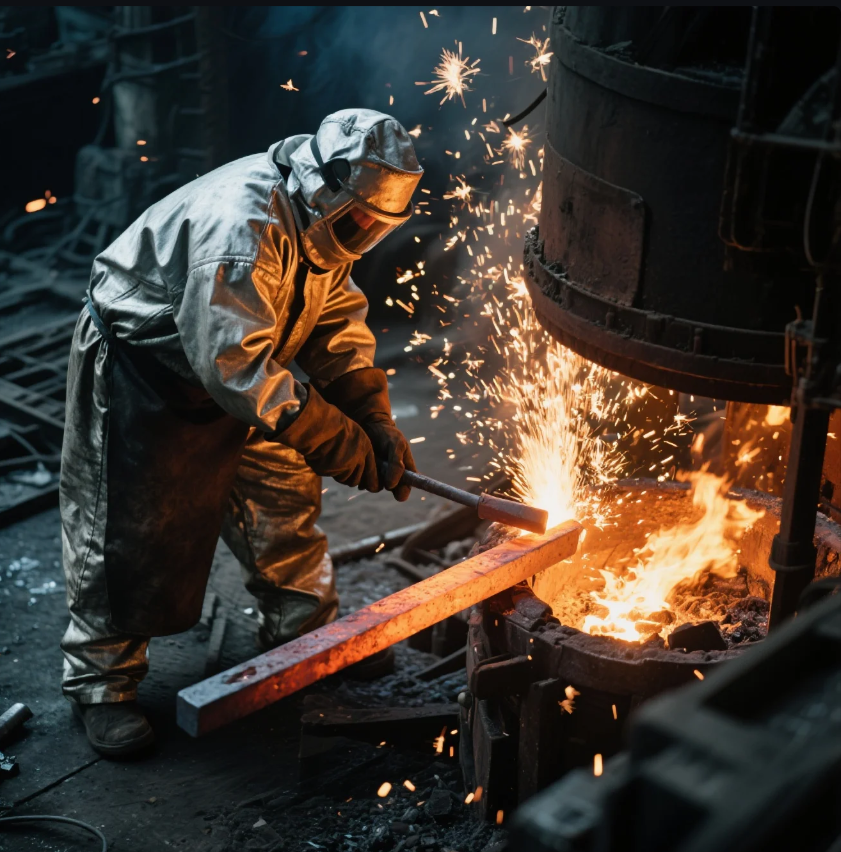
Yes, forging steel can make it harder, but the level of hardness depends on the specific process and temperature. Forging itself doesn’t directly harden steel; however, the process alters the steel's structure in a way that improves its overall strength and toughness. Additionally, forging can set the stage for further heat treatments that can increase the hardness of the steel.
How Forging Affects Hardness:
- Grain Refinement: Forging refines the grain structure of steel, making the metal denser and less prone to failure under stress, which contributes to its overall strength.
- Work Hardening: When steel is hammered or pressed during the forging process, it undergoes a form of work hardening, where the material becomes more resistant to deformation due to the alignment of its grain structure.
- Heat Treatment: After forging, steel can undergo further heat treatment processes like quenching and tempering to increase its hardness even further. Forged steel is often quenched to lock in the hardness and then tempered to adjust the properties.
While forging doesn’t necessarily make steel as hard as some heat treatments, it does play a key role in improving the steel’s overall performance.
Conclusion
Forging steel improves its strength, toughness, and durability by refining its grain structure and reducing internal defects. While oxide scale may flake off during the process, this is a normal part of forging and helps create a denser, more uniform material. Forged steel is highly durable and resistant to impact and fatigue, but it can also be costly and produce material waste. Forging does enhance steel’s hardness, especially when combined with heat treatment processes like quenching. For high-quality forged steel parts or expert guidance on the forging process, contact Prime today for a consultation and custom quote.

